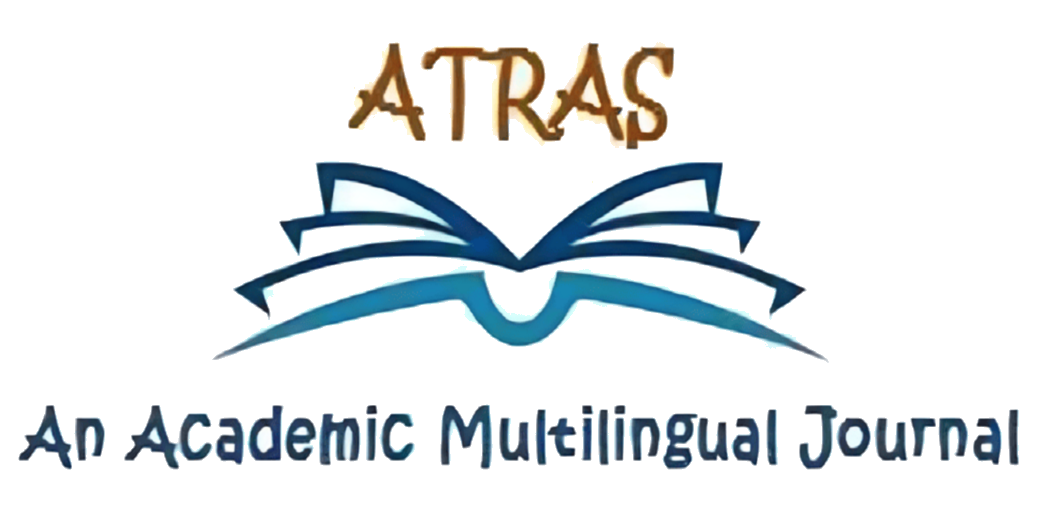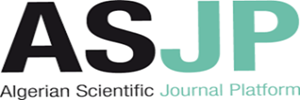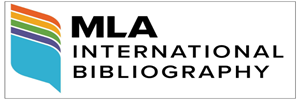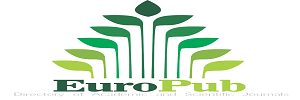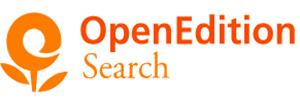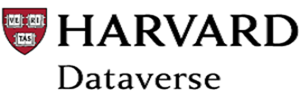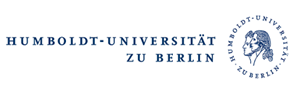Title: Translation of Rabindranath Tagore’s Poetic Works: A Critical Survey
DINESH Kumar
Assistant Professor of English
Dyal Singh College, Karnal
Abstract
We, human beings, exist in a world where one witnesses ongoing communication in different languages. Everything is possible only with the help of translation. The translation is considered an automatic extension of anything verbal and valuable we intend to communicate. The process of communication passes through three different levels-personal, linguistic and cultural. Everything, full of philosophical ideas, is transferred from one generation to another, from the past to the present time, depending on persons who can move words, sentences, images, and themes from one language to another language. Translation has an essential and significant role in a country like India, where we come across different varieties of languages used by people living in other regions of the country. It is the result of translation that we get different versions after we translate any work. The Bhagavata stories, and retellings of the Ramayana, and the Mahabharata are examples of this regard. The Kathasaritsagar, the Jataka, and Hitopadesa are narratives that inspired the spread of hybrid stories. People from various corners of the world are familiar with well-known works only by utilising translation into different languages.
Keywords
Language, ideas, translation, art, target language, source language
How to Cite this Paper:
Dinesh, K. (2023). Translation of Rabindranath Tagore’s Poetic Works: A Critical Survey. Atras Journal, 4(1), 20-27
References
Bose, A. (1955).A Flight of Swans. London: John Murray. Centenary Volume. New Delhi: Sahitya Academy.
Gupta, N. (1922).Sheaves. Allahabad: Indian Press.
Mary, M. (1977) Imperfect Encounter. Cambridge: Harvard University, Press.
Mukherjee, S. (1992). Translation as Discovery and Other Essays on Indian Literature in English Translation. Kolkata: Orient Longman.
Ocampo, V. (1961).Tagore on the Bank of River Plate. In Rabindranath Tagore: A
Radish, W. (1976).Tagore’s Poetry in English Translation. Visva-Bharati Quarterly, May-Oct.
Sengupta, M. (1988). Colonial Poetics: Rabindranath Tagore in Two Worlds. London: Macmillan and Company.
Sil, A. (1984).Gitanjali. Kolkata: Eighties, Preface.
Tagore, R. (1916). Fruit Gathering. London: Macmillan and Company.
Tagore, R.(1913). The Gardener. London: Macmillan and Company.
Thompson, E. (1925). The Augustan Book of Poetry. London: Farnest Ban.
Verma, M. (1962).A Bunch of Poems. New Delhi: Writers Workshop.

Copyright for all articles published in ATRAS belongs to the author. The authors also grant permission to the publisher to publish, reproduce, distribute, and transmit the articles. ATRAS publishes accepted papers under the Creative Commons Attribution-NonCommercial 4.0 International (CC BY-NC 4.0) License. Authors submitting papers for publication in ATRAS agree to apply the CC BY-NC 4.0 license to their work. For non-commercial purposes, anyone may copy, redistribute material, remix, transform, and construct material in any media or format, provided that the terms of the license are observed and the original source is properly cited.
